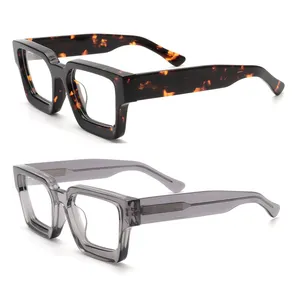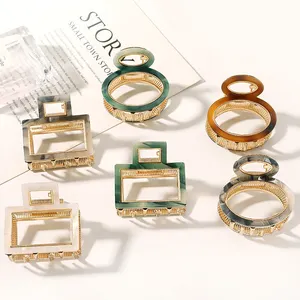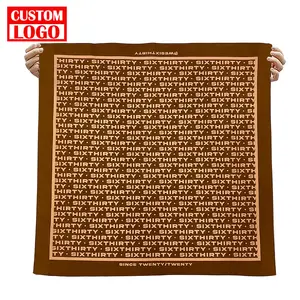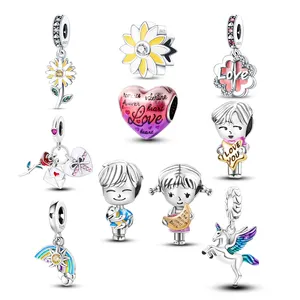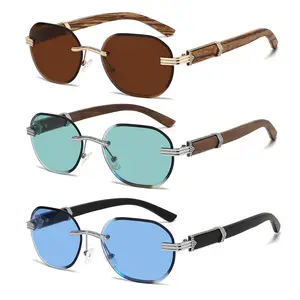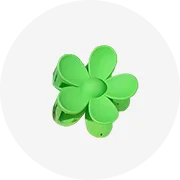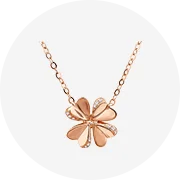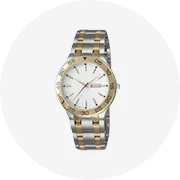Phổ biến trong ngành của bạn






Chất tẩy rửa ngành công nghiệp Soda cơ sở 25kg túi Chất lượng cao 98% 99% Flake ngọc trai giá bán buôn
380,00 US$ - 460,00 US$
Đơn hàng tối thiểu: 25 Tấn hệ mét







Bán Buôn Vỏ Màu Trắng Tùy Chỉnh Kích Thước Hình Dạng Đôi Phẳng Cắt Vòng Chất Lượng Cao Mẹ Của Đồ Trang Sức Ngọc Trai Làm Loose Đá Quý
2,00 US$ - 2,68 US$
Đơn hàng tối thiểu: 5 Cái







Chất tẩy rửa ngành công nghiệp Soda cơ sở 25kg túi Chất lượng cao 98% 99% Flake ngọc trai giá bán buôn
380,00 US$ - 460,00 US$
Đơn hàng tối thiểu: 25 Tấn hệ mét







Hạt vonfram tinh khiết 99.95% 3*3mm 6*6mm W viên chất lượng cao
152,00 US$ - 155,00 US$
Đơn hàng tối thiểu: 1 Kilogram

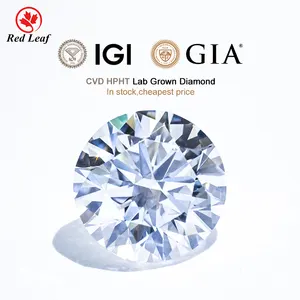
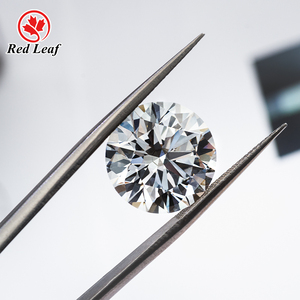



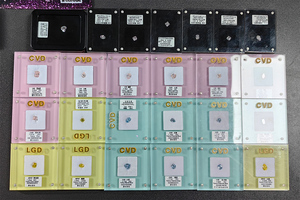
Redleaf IGI gia giấy chứng nhận kim cương lỏng lẻo phòng thí nghiệm kim cương 1CT 2ct 3ct vvs tổng hợp hpht cvd lỏng phòng thí nghiệm phát triển kim cương
Sẵn sàng vận chuyển
76,00 US$ - 5.968,00 US$
Đơn hàng tối thiểu: 1 Cái
Vận chuyển mỗi chiếc: 7,96 US$



Ngọc Trai Biển TAHITI Dáng Rộng Tròn Màu Đen Hình Con Công Nước Biển Thật Tự Nhiên Loại AAA
13,00 US$ - 15,00 US$
Đơn hàng tối thiểu: 2 Cái






Chất Lượng Hàng Đầu 11-14 Mm A + Độ Bóng Cao Nước Mặn Tahitian Black Pearl Ngọc Trai Lỏng Lẻo Cho Bán
80,00 US$ - 150,00 US$
Đơn hàng tối thiểu: 5 Cái






Bán sỉ hạt tự làm, 8-11mm ánh tốt một Baroque thiên nhiên lỏng lẻo Tahitian ngọc trai với một nửa, hoặc không có lỗ, màu đen
Sẵn sàng vận chuyển
8,00 US$ - 8,90 US$
Đơn hàng tối thiểu: 1 Cái
Vận chuyển mỗi chiếc: 23,41 US$






Ngọc Trai Biển Hình Con Công Tròn 3 Lớp 8-10Mm Giá Tự Nhiên Lớn Màu Đen Bán Buôn Ngọc Trai Tahiti Dáng Rộng Thật
95,00 US$ - 96,00 US$
Đơn hàng tối thiểu: 2 Cái












Bán Buôn 10-13Mm AA Lớp Loose Ngọc Trai Tahiti Xác Thực Ngọc Trai Đen Tahiti Lỏng Lẻo Để Làm Đồ Trang Sức
12,50 US$ - 13,50 US$
Đơn hàng tối thiểu: 2 Cái






Lỏng màu xám đen không khoan ngọc trai Tahitian trong hình tròn có kích thước từ 9 mm đến 15 mm
99,00 US$
Đơn hàng tối thiểu: 2 Cái
Các danh mục hàng đầu
Giới thiệu về ngọc trai dáng rộng tahitian
Alibaba.com cung cấp các sản phẩm 214 ngọc trai dáng rộng tahitian. Có rất nhiều ngọc trai dáng rộng tahitian lựa chọn dành cho bạn, chẳng hạn như ngọc trai nước ngọt, tự nhiên ngọc trai nước ngọt, và giả ngọc trai. Bạn cũng có thể chọn từ gạo hình dạng, gần vòng, và tròn hoàn hảo ngọc trai dáng rộng tahitian. Cũng như từ màu trắng, màu xanh lá cây ngọc trai dáng rộng tahitian.
